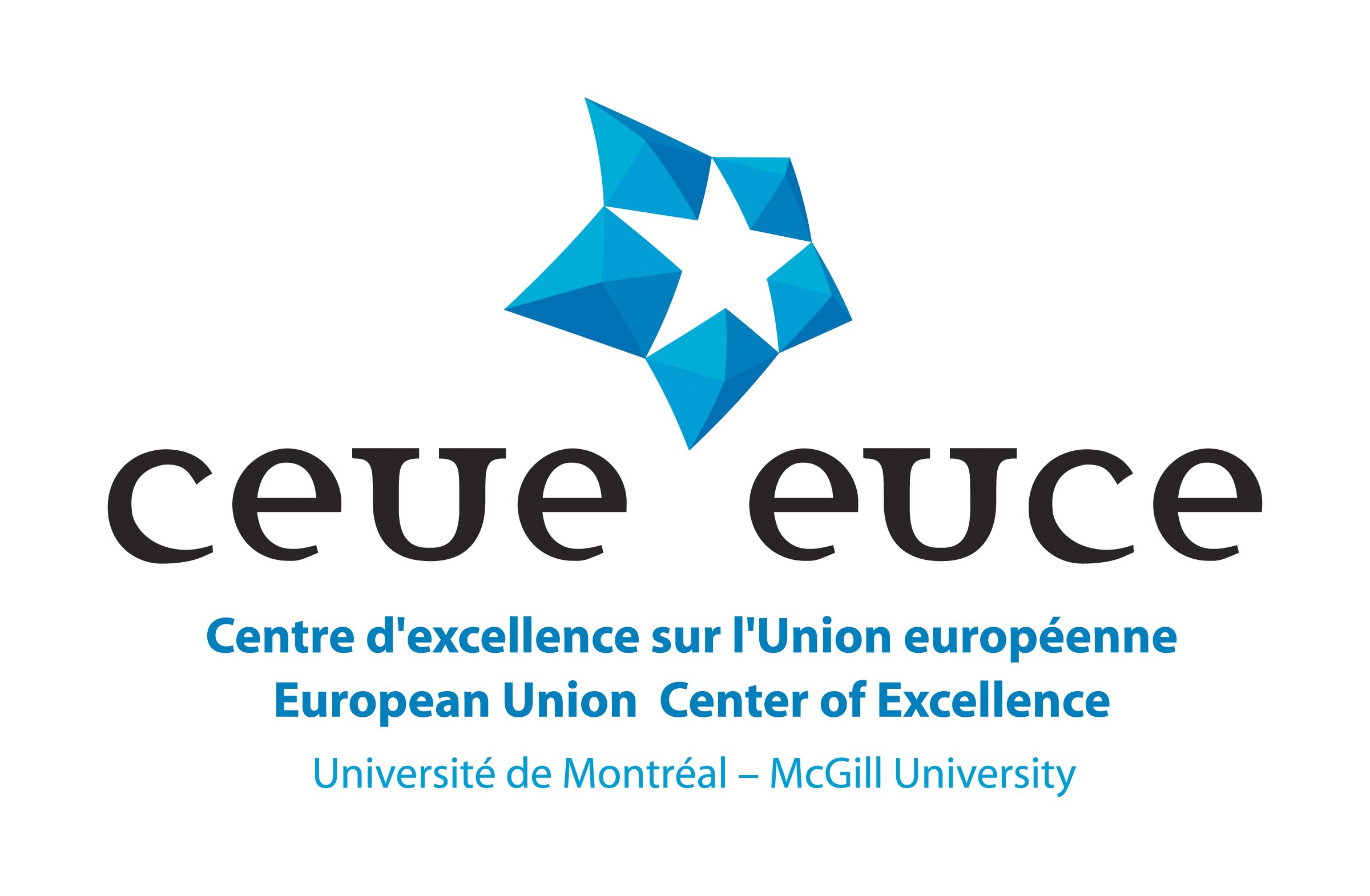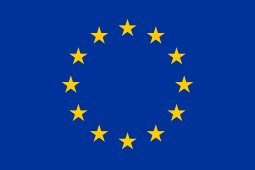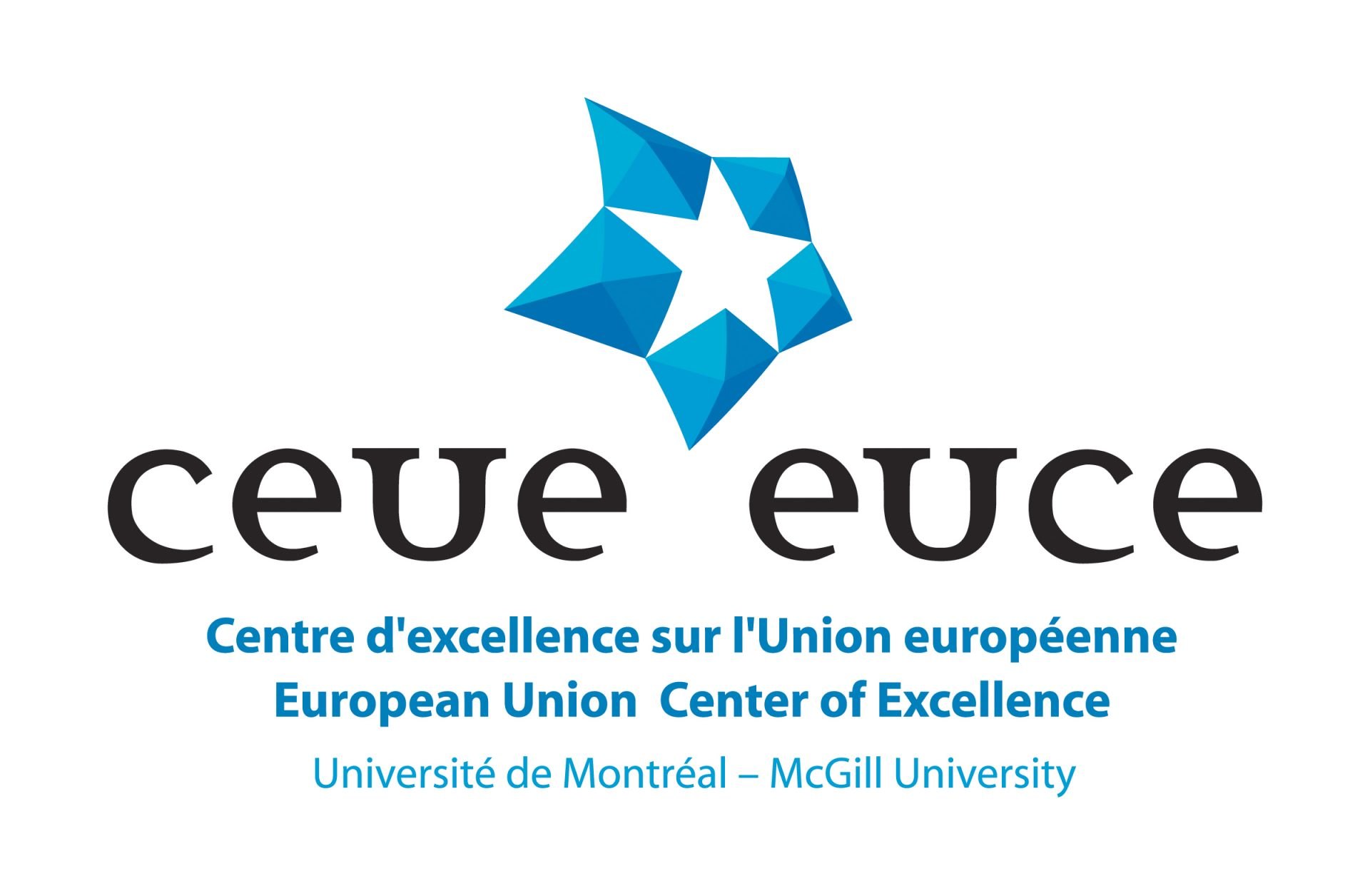(PONARS Policy Memo) There has been overwhelming rhetorical commitment in post-Euromaidan Ukraine to reforming the judiciary and battling corruption. However, despite the adoption of numerous new relevant laws and constitutional amendments, and the creation of a slew of new institutions, there has been no breakthrough in these critical domains. Nearly three years after the Euromaidan, the Ukrainian judiciary has not been emancipated from political control and public trust in it is at a historic low. An effective anti-corruption campaign is still not under way. Can the EU nudge forward much-needed reforms? Can it help distinguish the real reformers from the ersatz ones? One expedient instrument could be the EU Cooperation and Verification Mechanism (CVM), which the EU applied with some success in Bulgaria and Romania and which could be adapted and applied to Ukraine.
Reform-makers and Reform-fakers
Why is there so much talk about reform but so few results? One possibility is that actors who want to pursue judicial reform and anti-corruption in earnest (reform-makers) are outnumbered and overpowered by actors who feign commitment to these causes to please the electorate and the international institutions that demand reforms (reform-fakers).
The reform-makers struggle to achieve results and are marginalized. The reform-fakers pay lip service to the goals of the Euromaidan but reap the benefits of a dependent judiciary and political corruption. Self-interested calculations and the pursuit of political clout stymie progress; reform-fakers perceive that the status quo best protects their interests. Could the EU empower reform-makers and expose and undermine reform-fakers?
There are limits to what the EU can achieve due to obstacles associated with rule-of-law promotion efforts, the nature and mechanisms of EU conditionality, and Ukraine’s specific situation. But the EU can push things forward. Its track record of promoting judicial reform and anti-corruption efforts in Bulgaria and Romania suggests a number of lessons for Ukraine. Specifically, the Cooperation and Verification Mechanism (CVM) that the EU applied in Bulgaria and Romania since 2007 can be adapted to Ukraine. The EU can use levers like this to extend political protection to reform-makers who inevitably come under attack by threatened elites. Concretely, the Bulgarian and Romanian experience suggests that the EU’s top priority should be the identification and protection of reform-makers in prosecutorial institutions, rather than in the judiciary or in the Ministry of Justice. It also suggests that the proliferation of new institutions tasked with different aspects of anti-corruption campaigns helps reform-fakers avoid accountability by blaming the lack of results on institutional rivals. What the EU cannot do is use its soft power to create reform-makers out of thin air or use its levers to make reform-fakers behave as if they were reform-makers.
Why is Rule-of-Law Reform so Hard?
Expectations of what the EU can achieve in Ukraine should be tempered by the realization that rule of law promotion rarely works wonders. Independent courts cannot be created through institutional engineering. A comparative study of judicial institutions has found weak correlations between judicial institutions, which conform to supposed best practices, and de facto judicial independence and power. In the area of anti-corruption, reform-fakers can easily feign activity by conducting sloppy investigations and taking weak cases to court. Responsibility can be diffused because judges, prosecutors, and the Ministry of Justice can all blame each other for the failure to tackle political corruption.
To complicate matters further, the EU has no unified position on what a good judiciary should look like or how countries should best tackle corruption. As we know, there is a high-level of institutional diversity within the EU. Only in 2011 did EU member states agree on a method to evaluate the status of corruption and progress when it comes to rule of law. Efforts to create an EU-wide European Public Prosecutor’s Office have been unsuccessful so far. There is no acquis communautaire toward rule of law and anti-corruption that the EU could push Ukraine to adopt. For these reasons, EU conditionality vis-à-vis central and southeast Europe has lacked effectiveness in these areas.
Finally, Ukraine is not subject to membership conditionality and is unlikely to be, which limits what the EU can achieve there.[1] Ukrainian stakeholders in judicial reform and anti-corruption efforts do not have the long-term benefits of EU membership to justify short-term sacrifices of rents. Ukraine’s political corruption problem is also larger than that of post-Soviet EU members. Anti-corruption reform-makers face a particularly well-entrenched network of corrupt elites who are unlikely to give up their rents without a serious fight. The Ukrainian judiciary tends to display unambiguous political subservience, so judicial reform-makers face an especially complicated task.
What Can the EU Do to Push Ukraine toward the Rule of Law?
Adapt and apply the Cooperation and Verification Mechanism (CVM) instrument
When Romania and Bulgaria joined the EU in 2007, Brussels was worried that both countries did not meet the Copenhagen criterion on rule of law. As a result, both countries were given roadmaps with judicial reform and anti-corruption measures that they were supposed to continue implementing even after officially joining the EU. In order to monitor the implementation of these steps, the European Commission introduced the CVM. Under the CVM, each country was assigned a team of European Commission experts who were tasked with producing semi-annual reports assessing progress. The experts made routine visits to each country and met with a wide range of stakeholders in the government, the judiciary, and civil society. They requested and analyzed data from local institutions—for example, the number of anti-corruption cases opened in a time period, the number of judges disciplined by supreme judiciaries, and data (from NGOs) about the harassment of judges. In the area of anti-corruption, CVM experts monitored the movement of high-profile cases through the criminal court process.
Use the CVM instrument to help distinguish between reform-makers and reform-fakers
In Bulgaria and Romania, the level of cooperation by different local actors revealed their commitment to reform. Reform-makers were dramatically more transparent and willing to share data on activities than the reform-fakers. The reform-makers see the CVM missions as opportunities for useful knowledge transfer to improve local reform strategies. They routinely advocate for the continuation of CVM instruments since they see them as supportive of their goals. Reform-fakers, on the other hand, approach CVM missions with suspicion, try to present certain reforms as complete, and generally seek to terminate the CVM. Distinguishing between reform-makers and reform-fakers is a crucial first step in effectively moving reforms forward. To its credit, the EU has adjusted its strategies to bolster reform-makers. In Romania, for example, when the National Anti-Corruption Directorate needed a new head in 2013, the EU pushed for the appointment of Laura Kovesi, whom it had identified as a reform-maker.
Extend political protection to reform-makers
Reform-makers in government are bound to be in a precarious situation. The political elites that they target are likely to try to unseat them. The EU can help by communicating to leaders that this kind of retribution is unacceptable and carries direct consequences. The EU has done this repeatedly in Romania. In 2008, EU ambassadors and EC representatives in Bucharest put intense pressure on the Romanian government to reappoint Daniel Morar to lead the country’s National Anti-Corruption Directorate (DNA). Morar had been singled out for praise in the CVM report but had found himself under intense attack by the governing parties. Without the EU’s backing, Morar would likely have lost his job. As DNA’s anti-corruption drive kicked into high gear in the early 2010s, first under Morar and then under his successor Laura Kovesi, politicians started openly criticizing the DNA for overstepping its powers and there were several attempts at curtailing it. Through CVM reports and purportedly through direct conversations, the EU communicated to the Romanian government that such steps would be unacceptable and the DNA’s mandate remained intact.
Recognize that it cannot shape the reform process in Ukraine because it has insufficient knowledge of who the reform-makers and reform-fakers are
By now, potential reform-makers in Ukraine’s Office of the Prosecutor General have been pushed out and various reform-makers in government are under attack. Two deputy prosecutors, Vitaly Kas’ko and David Sakvarelidze, were ousted and criminal cases opened against them. Serhii Leshchenko, a vocal anti-corruption legislator, is under scrutiny by the Prosecutor’s Office. The EU has not intervened in any way in these cases. If the EU had a CVM-like instrument in Ukraine, it would have been able to form an opinion as to whether Kas’ko, Sakvarelidze, and Leshchenko are indeed reform-makers and should have support.
Push for the appointment of reform-makers at the Office of the Prosecutor General
One of the lessons that can be drawn from the Romanian and Bulgarian experience with anti-corruption reform is that reform-makers in the Prosecutor’s Office can make the largest difference because they build and bring cases to court. Reform-maker prosecutors put together cases that can stand up in court, while reform-faker prosecutors bring cases full of holes that even a reform-maker judge would feel compelled to dismiss. Romania’s DNA has received high praise from the EU and Romanian civil society actors for building airtight cases against high-level politicians and oligarchs. Its conviction success rate in court is about 90 percent. By contrast, the Bulgarian prosecution has often been the subject of criticism in CVM reports for lack of transparency and will to take on political corruption in earnest. Under intense EU pressure to show results, the Bulgarian prosecution filed roughly the same number of indictments against high-level politicians, organized crime, and major business figures as its Romanian counterpart. However, the Bulgarian prosecution is yet to achieve a single final conviction.
Identifying reform-fakers among judges is a waste of resources without first making sure that Ukraine’s Prosecutor General’s Office is led by reform-makers. Judges can only rule on what the prosecution gives them. If there are reform-fakers among judges, who dismiss good cases for political/corrupt reasons, the reform-makers at the prosecution can eventually expose them and make such behavior unattractive for other judges. This is what happened in Romania in 2010-2012 when a few judges who had previously delivered acquittals or dismissals in high-profile corruption cases were themselves prosecuted for corruption. Judges cannot do anything about corruption in the prosecution, so supporting reform-makers within the judiciary should be a secondary priority for the EU. Furthermore, the EU’s job would be easier if a reform-maker was in charge of the Ministry of Justice (but this is not essential). A reform-maker Minister of Justice can draft and push for the adoption of quality laws and enhanced institutions—as Bulgarian Minister of Justice Hristo Ivanov did in 2014-2015. Still, a justice system cannot achieve much if there are reform-fakers at the court level. All in all, laws can be circumvented by reform-fakers in the institutions that are supposed to implement these laws.
Discourage the proliferation of anti-corruption and judicial governance institutions
It may seem like a good idea to have multiple institutions that control different aspects of anti-corruption or judicial reform efforts. The first rationale is that institutions can provide checks and balances on each other: if one gets taken over by reform-fakers, the other can expose them. The second rationale is that the institutions could compete with each other for the EU’s stamp of approval and thus push each other toward more effectiveness. However, the dangers of institutional proliferation seem to outweigh the potential benefits. Corruption networks are extremely complicated to uncover and prosecute effectively even without the danger from reform-fakers seeking to undermine the activities. If an investigation is not coordinated under one roof, the danger of moles compromising the process increases. Also, jurisdictional power and turf disputes become more likely, which further reduces the chances of success. Competition for power erodes both the effectiveness and popular legitimacy of all institutions. The Romanian and Bulgarian cases suggest that a single independent institution—Romania’s National Anti-Corruption Directorate—is more effective than multiple departments in different institutions that are supposed to work together. In Ukraine, there is already evidence of institutional rivalry and a power struggle between two of the new institutions: the National Anti-Corruption Bureau headed by Artem Sytnik and the Special Anti-Corruption Prosecution headed by Nazar Kholodnytski. The introduction of the State Bureau of Investigation in 2017 will likely only complicate matters further.
Use visa-free travel as a lever
Once reform-makers are identified, the EU can use the cancellation of visa-free travel as a “stick” to beat off attacks by reform-fakers on the reform-makers. Visa-free travel can be a powerful lever regardless of EU membership status. First, it directly affects the electorate. The Ukrainian elites know that the public will feel the consequences if the EU grants or withdraws freedom-of-movement benefits. There is little that the government could do to spin such a decision or diffuse responsibility. Second, visa-free travel is a more flexible instrument than membership conditionality—it can be granted and canceled multiple times. Bulgarian and Romanian rule-of-law reform trajectories illustrate the power of visa-free travel as a conditionality instrument. The biggest success story of how the EU pushed rule of law reform—Romania’s DNA-led anti-corruption drive—happened after Romania joined the EU rather than before. Indeed, the EU’s main lever with Romania and Bulgaria after 2007 pertained to inclusion in the European free-travel Schengen zone.
Conclusion
The EU can use its experience in promoting the rule of law in Bulgaria and Romania to devise a strategy to push Ukraine in the right direction. However, the EU’s potential for impact is highly contingent on domestic factors. The success of reforms in Romania shows that the EU can support and bolster the political position of Ukrainian reform-makers. The failure of reforms in Bulgaria shows that the EU cannot always use soft power or leverage to create reform-makers or turn reform-fakers into reform-makers. Nonetheless, the EU could step in and use its clout and hands-on experience to shine a light on Ukraine’s reform dysfunctions. In the process, it could empower domestic forces to weed out the reform-fakers in Ukraine’s government and courts.
Maria Popova is Associate Professor in the Department of Political Science, McGill University.
[PDF]
[1] See: Hilary Appel, “The Long-Term Prospects for Ukraine’s Accession to the European Union: A Focus on EU-Level Constraints,” PONARS Eurasia Policy Memo No. 330, August 2014.

European Union Center of Excellence, McGill University, Montreal, Canada. This project has been funded with support from the European Commission. This publication reflects the views only of the author, and the Commission cannot be held responsible for any use which may be made of the information contained therein.












